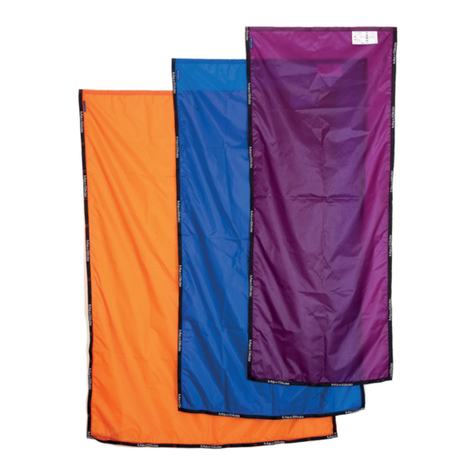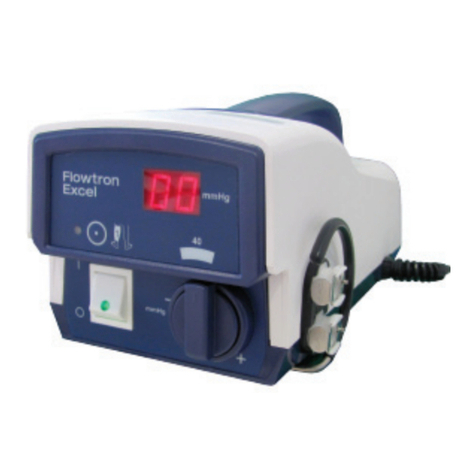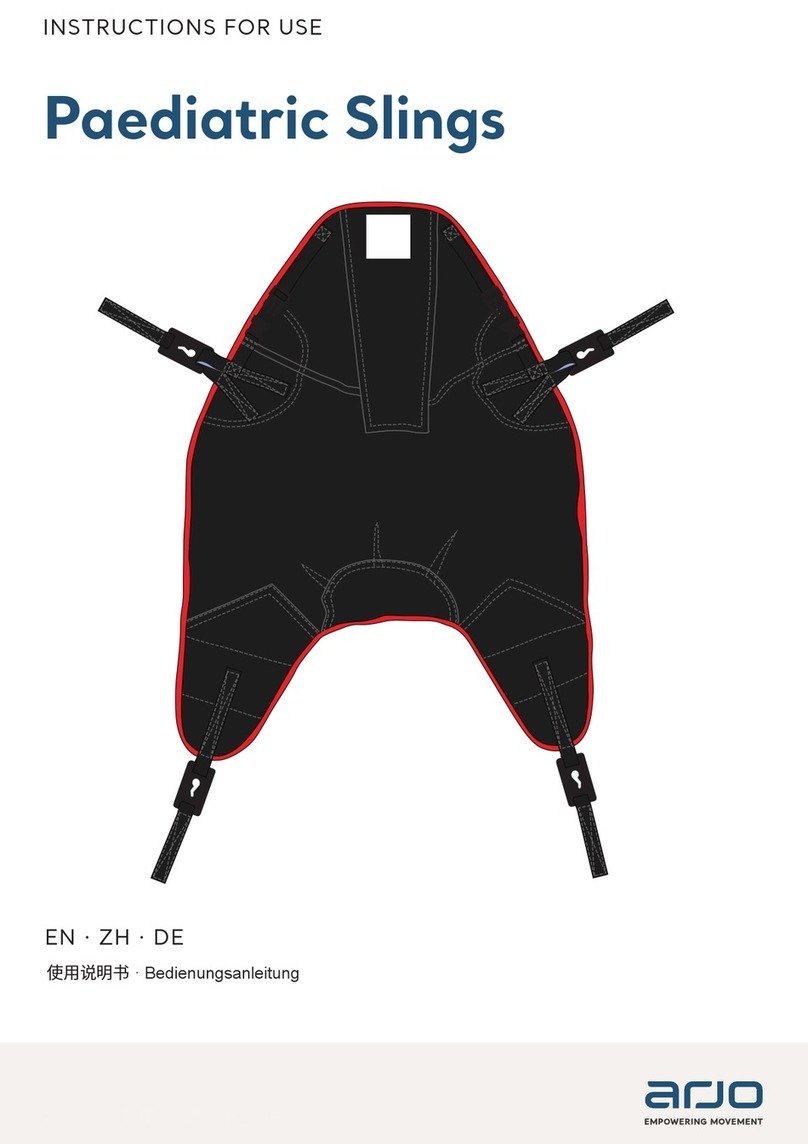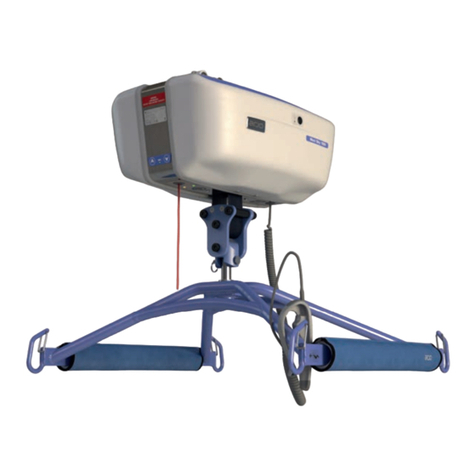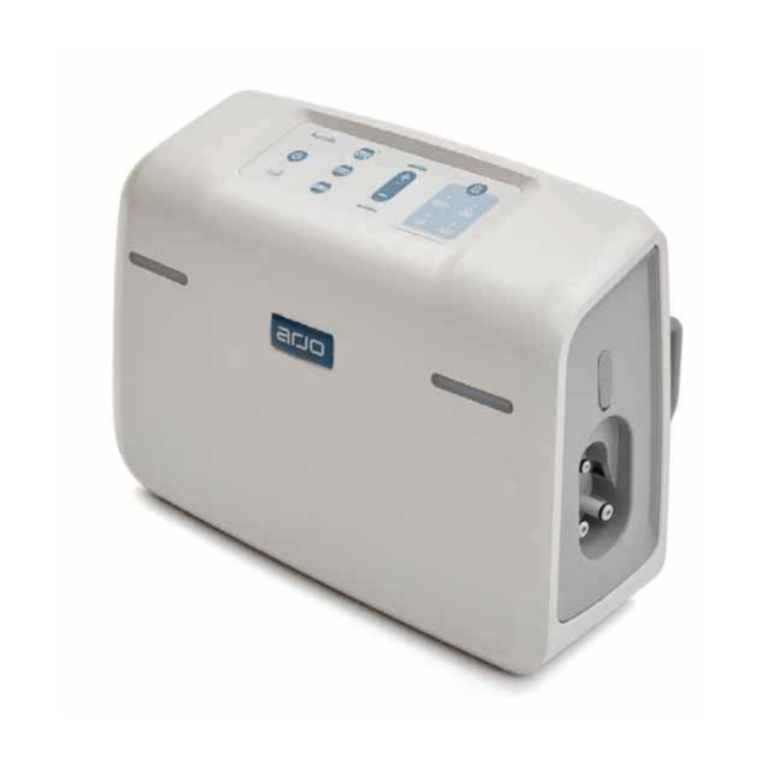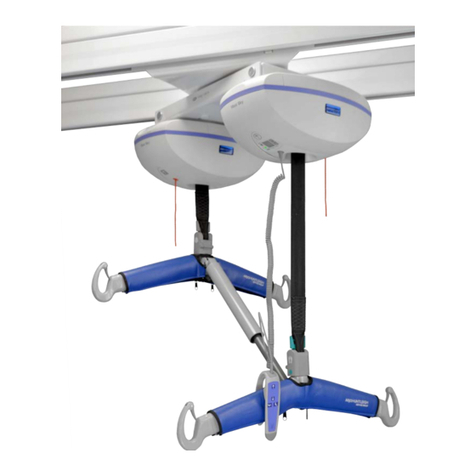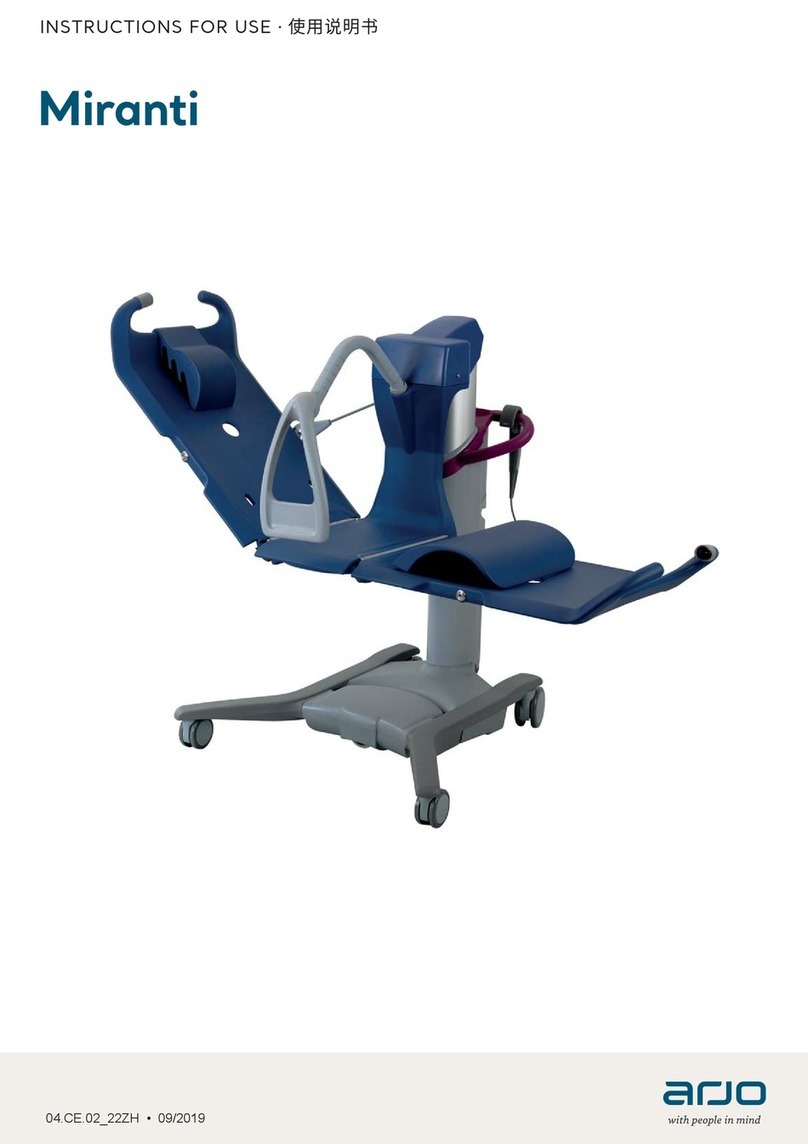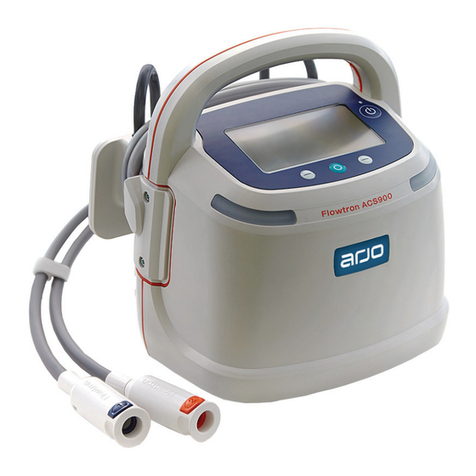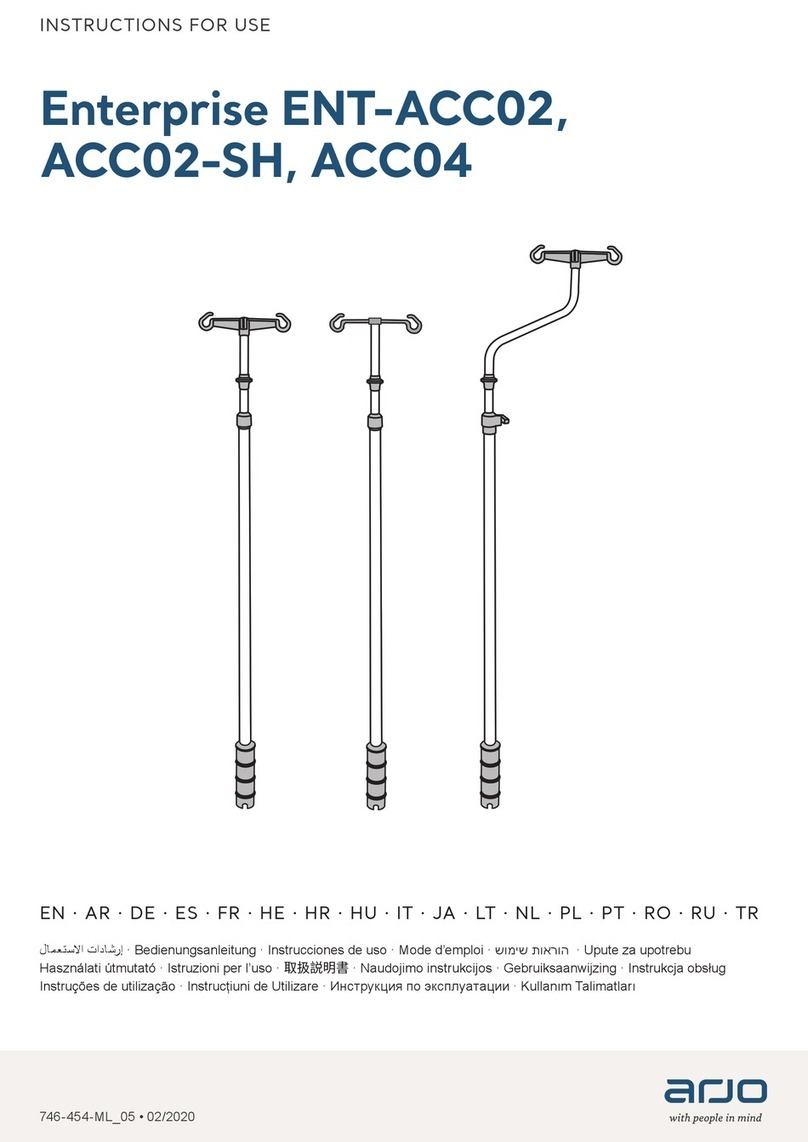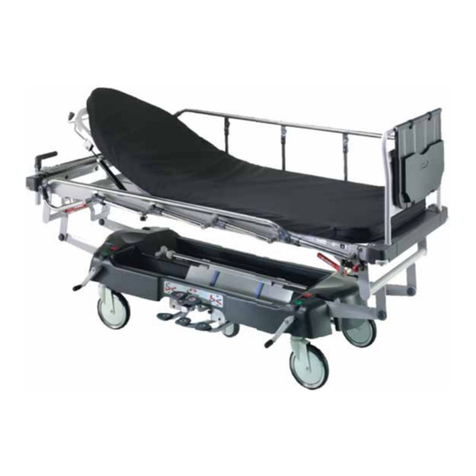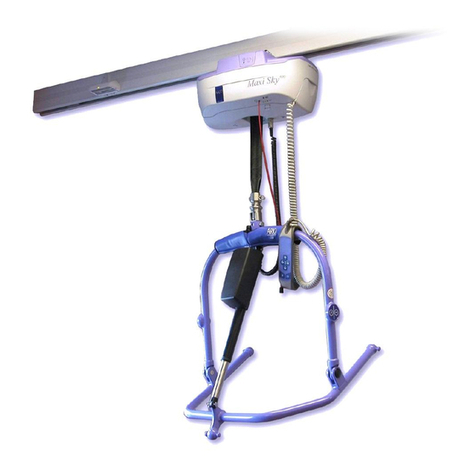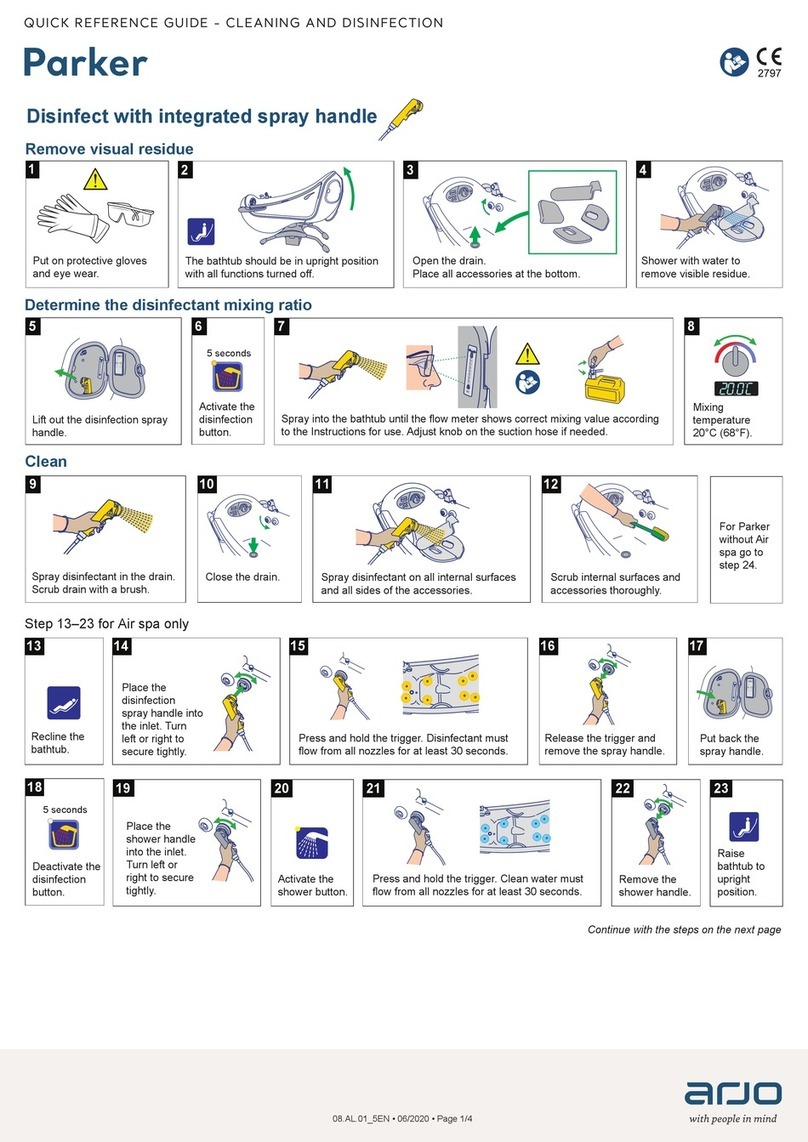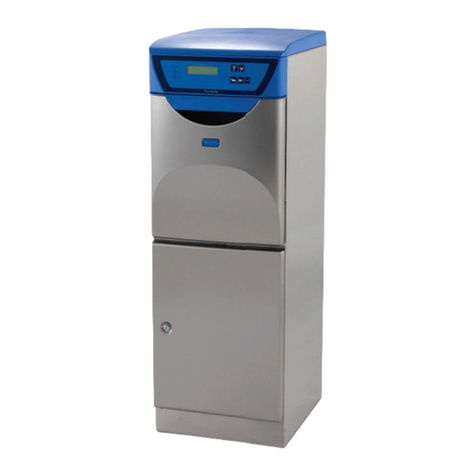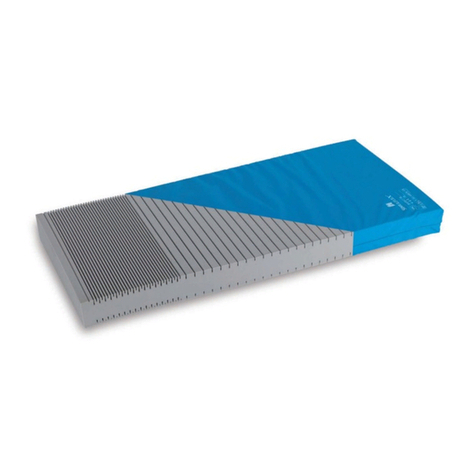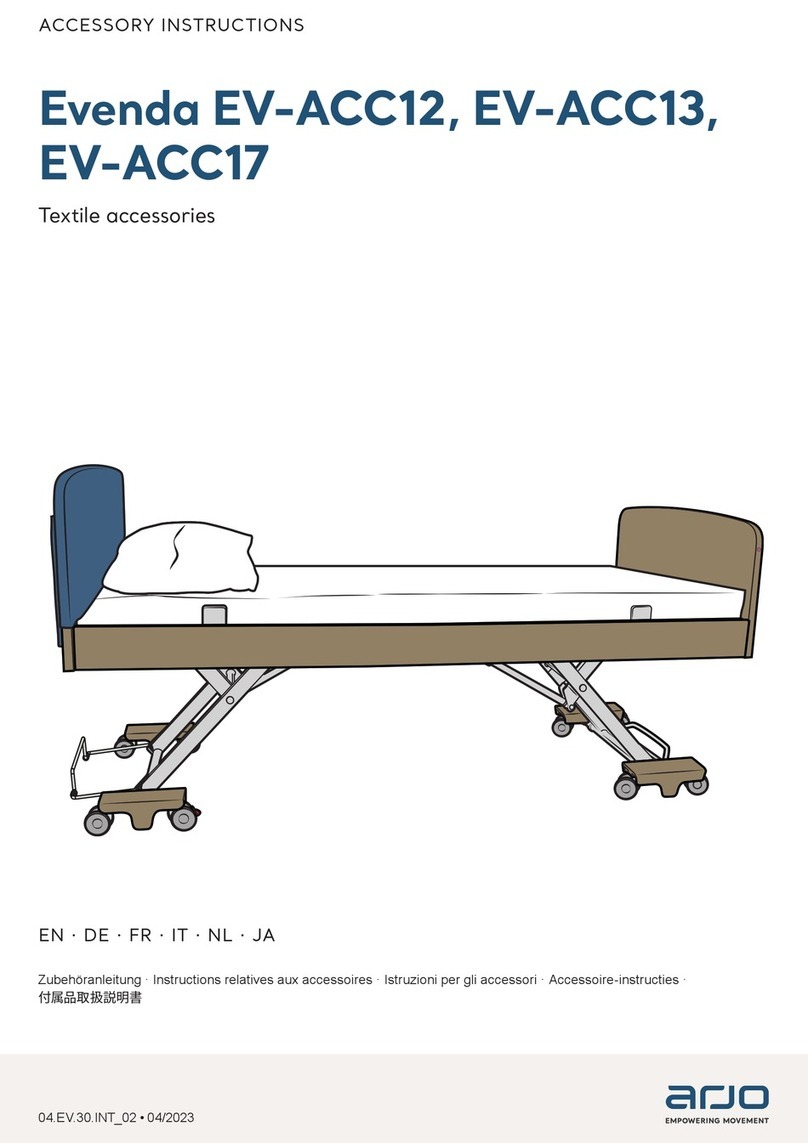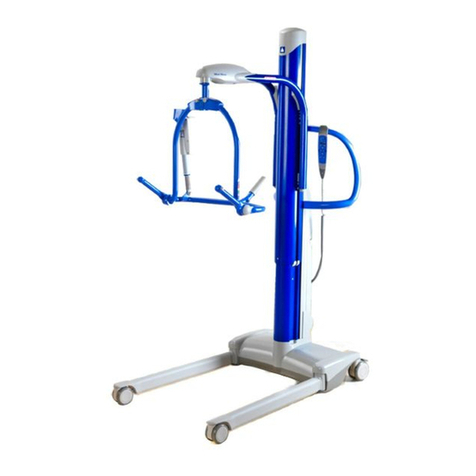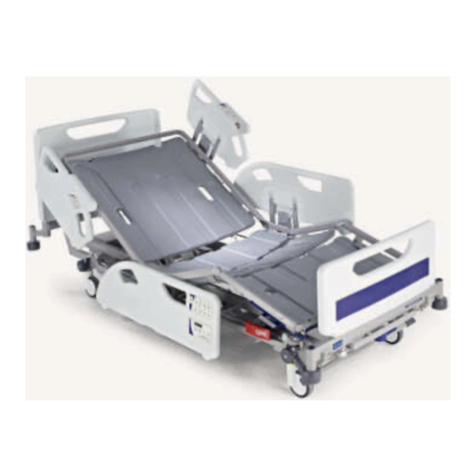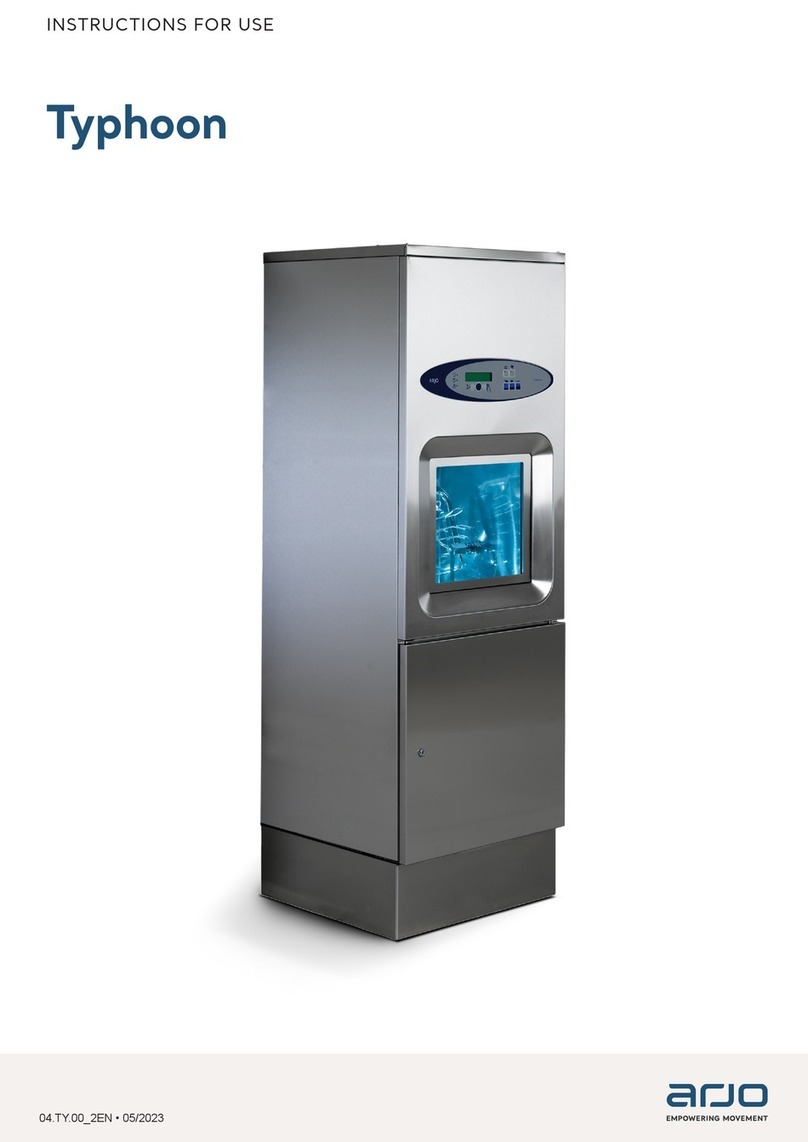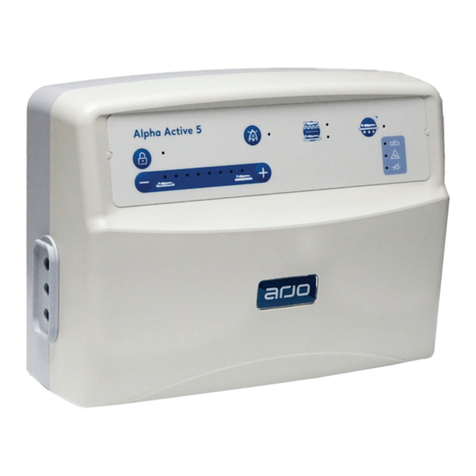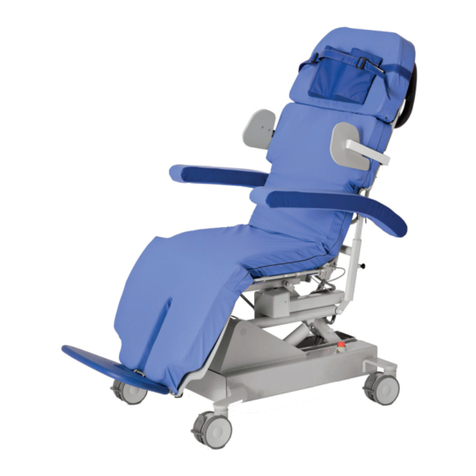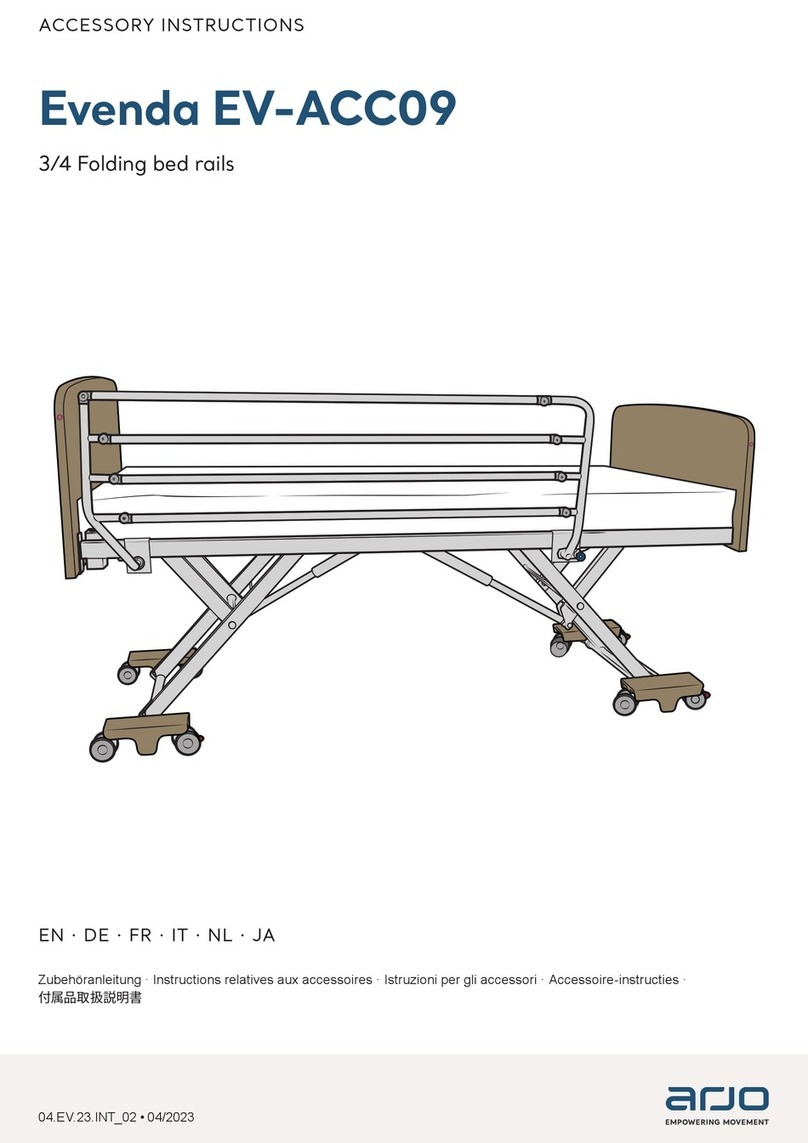
9
Residents Gallery
Residents in elderly care and other facilities are
very different, they have different diseases and
problems and different backgrounds yet they all
need to be offered a high quality of care.
Choices in care are made on the basis of
assessments of each resident, choices tailored to
their needs and desires as a "typical" resident does
not exist.
In order to plan care for residents there needs to be
a system of standardisation and classification. This
is the reason Arjo developed the Residents Gallery,
it is a classification of five typical residents based
on their degree of functional mobility. But it is more
than just a classification system; it offers colourful
images of five residents who you would actually
meet in real life health care settings. By envisaging
them it makes it possible to discuss choices in care
and rehabilitation in a realistic way.
We know them as Albert, Barbara, Carl, Doris and
Emma and they represent the five different mobility
levels (A-E).
ALBERT
CHARACTERISTICS
• Ambulatory, but may use a cane for support
• Independent, can clean and
dress himself
• Can tire quickly
• Stimulation of abilities is very
important
The resident is able to perform daily
activities by him- or herself without
assistance from another person, It is
possible that the resident needs
special aids or appliances. As a rule
there is no risk of physically overloading the carer.
Albert requires careful monitoring.
BARBARA
CHARACTERISTICS
• Uses walking frame or similar
• Can support herself to some
degree
• Dependant on carer who is
present in demanding situations
• Not physically demanding for
carer
• Stimulation of remaining
abilities (e.g. ambulation) is
very important
The resident is partly capable of performing daily
activities by him- or herself. However, the
assistance that is required is in general not
physically demanding for the carer/the nurse. The
assistance may consist of verbal support, feedback
or indications, but light physical assistance is also
possible. This assistance can be given in
combination with smaller aids (walking aids,
support or grips and handles) or adaptations in the
environment of the resident. Barbara's remaining
capacity should be stimulated.
CARL
CHARACTERISTICS
• Sits in wheelchair
• Is able to partially bear
weight on at least one leg
• Has some trunk stability
• Dependant on carer in most
situations
• Physically demanding for
carer
• Stimulation of remaining
abilities is very important
The resident is not capable of performing daily
activities by him- or herself, but is able to
contribute to the action or perform part of the action
by him- or herself The assistance would, if given
without special precautions, lead to the risk of
physically overloading the carer/the nurse. The
resulting load for the nurse would be in excess of
safe limits for manual handling or static loads. In
these cases it is necessary to use equipment that will
reduce the exposure of the nurse to safe levels. The
resulting load for the nurse would be in excess of
safe limits for manual handling or static loads.




















